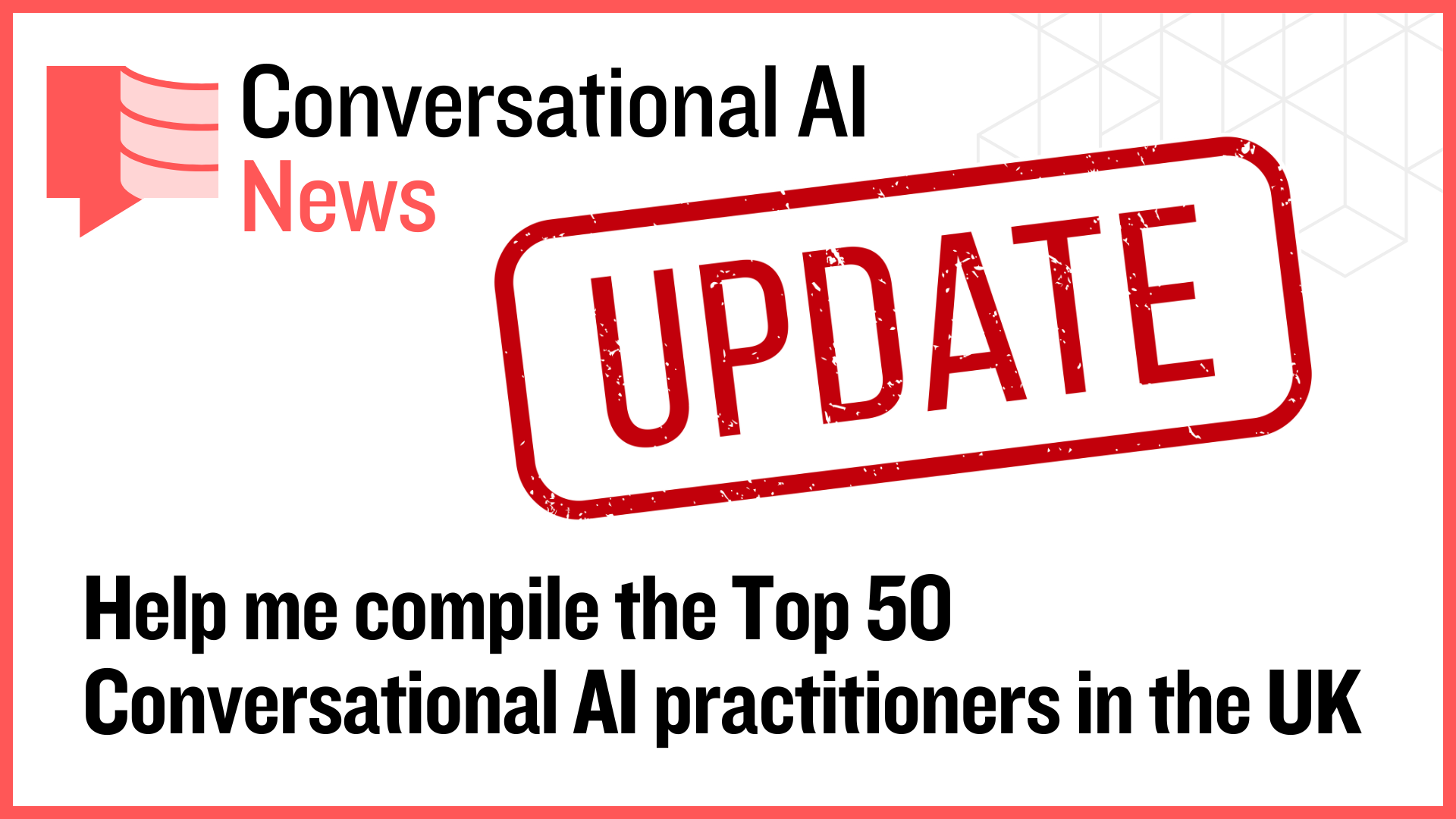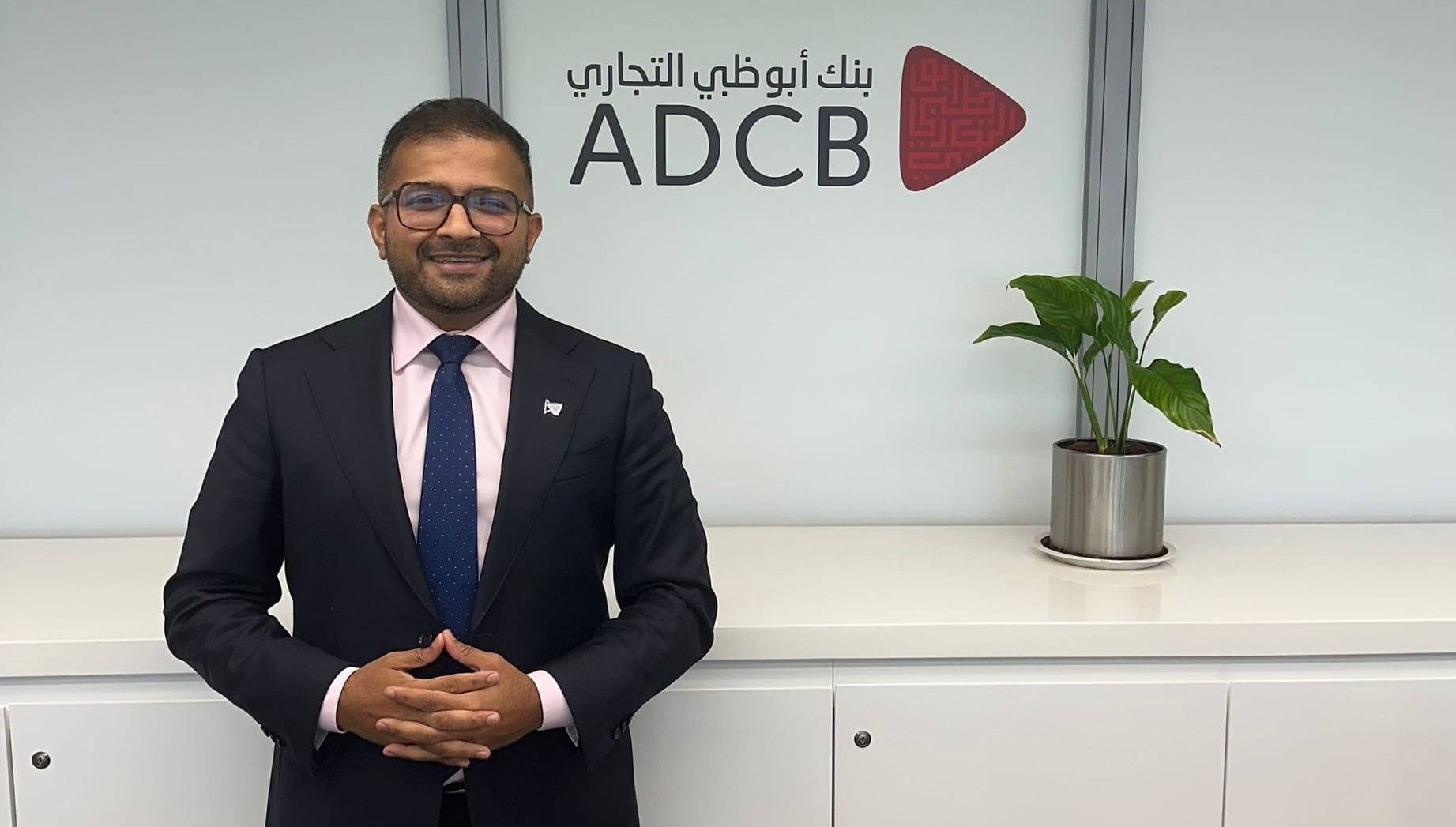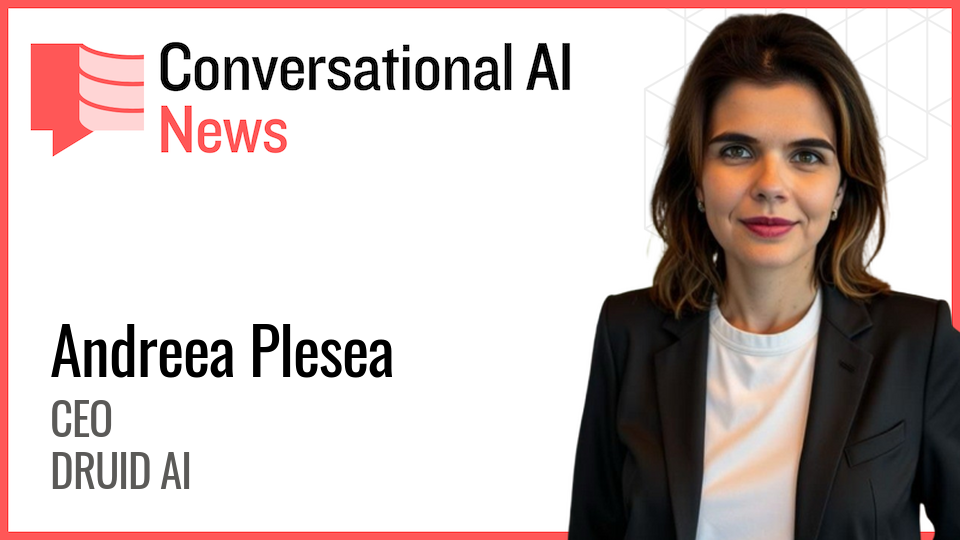Future-Casting Workshops: Helping Clients Envision Their Conversational AI Roadmap

I spend a lot of time talking with clients about their future Conversational AI roadmap. Can I help you? I've put my email below.
Some clients are already looking at a future where they expect their Conversational interfaces to be the primary method of interacting with their customers in the future.
Many struggle to look beyond their immediate needs to imagine a longer-term approach. It's not surprising: There is so much pressure in the market to find solutions now, now and very now, (to quote Othello).
When the CEO asks you to redeploy half of your team to revenue-generating activities and, say, triple customer satisfaction at the same time, there's not much time for thinking about tomorrow.
But it's good discipline.
Developing a Conversational AI roadmap:
- Helps you think about your attitude to vendors – especially the 'strategic partner' discussion
- Helps to address build vs buy questions
- Helps for evaluating your longer-term investment plans, especially in the context of 'online' vs 'mobile' vs 'conversational'
- Means you have something written down
That last point is perhaps one of the most important aspects. Developing a future vision evidences that you and the team have given more than 5 minutes of thought to the topic. It shows you aren't just dealing with today, but that you've taken (some) time to consider the future implications.
Politically, this is business critical too. Everyone has opinions. Being able to say 'let me sit down and show you the vision' is a tremendous situation to be in, especially when other teams are developing their opinions.
Future-casting Workshops
As an independent consultant, one of the most valuable services I offer is facilitating future-casting workshops. These sessions help clients create a forward-looking roadmap for their Conversational AI strategy, balancing innovation with practical implementation.
The Power of Future-Casting
Future-casting workshops encourage clients to think beyond current limitations and imagine the potential of Conversational AI in their industry. By exploring possible future scenarios, organisations can:
- Align technology adoption with long-term business goals.
- Identify potential challenges and opportunities early.
- Create a flexible roadmap that adapts to technological advancements.
- Examine opportunities for proof-of-concepts or tests to prove/test ideas and hypotheses.
Workshop Structure
If you're looking to run something similar, here's a structure I would recommend. (Obviously please do give me a call as I'd love to help too.)
A typical future-casting workshop follows a structure like this:
- Current State Assessment: Analyse the present Conversational AI landscape and the client's position within it. What's good, what could be even better?
- Trend Exploration: Identify key trends and potential disruptors in the field. It's also useful to have a look at what companies in other markets are doing.
- Scenario Development: Create multiple plausible future scenarios for the industry and Conversational AI. Sometimes it's useful to include a few slightly crazy scenarios. In one workshop recently, we explored the possibility that within 5 years, the client would have 0.5% of the incoming call volumes of today. That's potentially realistic given some trajectories and the GenZ's growing up.
- Vision Crafting: Develop a preferred future state that aligns with the client's goals. Keep it high level.
- Roadmap Creation: Work backwards from the vision to create an actionable plan.
In some situations, I think it's quite useful to revisit these workshops every 6-8 months. I've done this with one client simply because many of the assumptions keep changing – what felt like 'blue sky' at the beginning of the year is now very real given the exponential nature of the domain.
Key Techniques
To facilitate creative thinking and strategic planning, I employ several techniques:
- Future Wheels: Visualise the ripple effects of potential changes or innovations. Wikipedia has a good explanation. It's essentially looking at first, second and third-order consequences.
- Impact/Uncertainty Matrices: Plot trends to identify critical uncertainties and focus areas.
- Backcasting: Start with the desired future and work backwards to identify necessary steps.
From Vision to Action
The true value of this kind of activity lies in translating visionary ideas into practical roadmaps.
This involves:
- Prioritising initiatives based on potential impact and feasibility (cost is a key consideration of course)
- Setting realistic timelines and milestones
- Identifying key decision points and alternative paths
If you don't know, it's ok. Proof-of-concepts are your friend here, especially if you're looking at multi-million dollar decisions. As long as you are testing and learning, you will be moving forward and you'll have assets and results to show and discuss.
Overcoming Challenges
It is quite complicated to escape the gravity of short-term thinking, especially when you've got senior executives demanding short-term answers (or results). Many also find it a little frustrating to think about the future: I often have to make the point that your guess is as good as mine! It's not about being right or wrong in 12.7 years time. It's about beginning to think about future considerations and to weigh the possibilities, to let yourself think a bit wider than next quarter, and to guide your strategic thinking for when the CEO asks what you're planning 2-3 years out.
So as a facilitator, I try to focus on balancing innovative thinking and idea generation with practical considerations – and approaches that are ideally no-regret moves. I also try and guide the creation of a vision or a roadmap that is as adaptable as possible. We're not setting everything in stone.
Measuring Success
The success of a future-casting workshop isn't just in the immediate outputs but in its long-term impact on decision-making and strategy. Making sure you regularly review and update the roadmap ensures that your company – and your team – stays aligned with the vision, and you stay responsive to new developments. In an exponential reality, the one thing we can guarantee is there will be more amazing announcements about the breakneck speed of AI development.
Deliverables
Here are some of the things you might want to consider marking down as potential deliverables from such an activity. It's not just about hosting the workshop. To get the right value for the organisation, I'd suggest there's a bit of activity surrounding that too.
For example, here are some things to think about:
Pre-Workshop:
Before the workshop, make sure you've developed the following assets:
- Workshop agenda and objectives document
- Pre-reading materials on Conversational AI trends and case studies
- Participant questionnaire to gather initial thoughts and expectations
I've found it really useful to take 30-45 minutes with the key executives and other stakeholders and discuss the workshop and the topic. (If there's an opportunity, I'd recommend lunch too.) Anything that allows these stakeholders to privately explore their thinking. I'd suggest you don't want senior stakeholders doing their thinking IN the workshop – that's too late. It's very helpful to hold some pre-workshop sessions with any stakeholders that you think would benefit from this approach. Sometimes it's political. Sometimes it's about enabling the individual to ask questions in private with me – and for me to help guide their thinking.
As a former Chief Digital and Chief Transformation Officer, everyone wanted to know my opinions and views. But perhaps the worst situation is when I've had zero notice and the workshop facilitator puts me on the spot. No surprise when, under pressure, I begin quoting the last Economist magazine FT article I've read. My actual reasoned thinking might be the complete opposite – but the major risk is you'll only discover that later. So do think about pre-briefings. Give key stakeholders the chance to think, even if it's only in their subconscious because they're so busy.
During The Workshop:
You'll likely want the following assets for the workshop:
- Workshop slides and facilitation materials
- Templates for activities (e.g., Future Wheel, Impact/Uncertainty Matrix)
- Digital or physical whiteboards for collaborative exercises
Give some thought to the location too – for obvious reasons, an offsite location is usually much more conducive to the thinking you're aiming for.
Post-Workshop:
Immediately after the workshop, create a high-level summary and distribute that to everyone.
But now comes the science bit: I would strongly recommend taking the temperature of the key stakeholders in 1:1 briefings after the workshop. Give it a week, maximum, and then sit down with each of them. Ask them questions like:
- What are your reflections?
- How has your thinking evolved since the workshop?
- What aspects jumped out at you from the initial summary?
Distil this feedback down into a meeting with your senior stakeholder. Take their guidance.
The Workshop Report
And then you prepare the comprehensive workshop report including:
- Executive summary
- Detailed analysis of developed scenarios
- Visualisations of future states and potential pathways
- Prioritised list of Conversational AI initiatives – and perhaps some proof-of-concept topics to explore
- High-level strategic roadmap
- Action item list with assigned responsibilities and timelines
- Follow-up session schedule for roadmap refinement
Additional Resources
You might also want to think about these additional add-ons that you could supply to all stakeholders. I think it's useful to leave it a month or so, and then send these sorts of materials around. Don't send them into the ether though. Send – and then deliberately follow up with a 30-minute meeting to discuss reflections. Keep connected with the stakeholders: Show you're serious about your responsibilities for holding the roadmap strategy.
So, consider producing the following:
- Trend analysis report on Conversational AI in the client's industry
This can really help get the inspiration flowing. Sometimes some executives will prefer to make decisions once the competitor has done so. Safety in numbers. So paying close attention to what's going on in your industry is rather useful. - Recommended reading list for continued learning
I run a monthly 'lunch and learn' session for one client and their senior executive stakeholders. I send around a stimulating article or chapter from a recent book - and then we meet to discuss it every month. (I do send the books too, but to avoid everyone having to read the whole thing, we specify just one chapter. This is often a surprisingly popular technique and a really good way of staying in touch with a diverse set of stakeholders – you're helping them learn and you're staying connected.) - Templates for ongoing strategy review sessions
A little mundane, I know, but get those vision/roadmap/strategy review templates produced and put the meetings in the calendar now. Genuinely! Put them into the calendar now that your stakeholders see you mean business and so these meetings don't get dismissed for short-term demands.
How can I help you? My consulting company is New Era Digital Partners. You can send me a note - my email is ewan@ned.partners.




